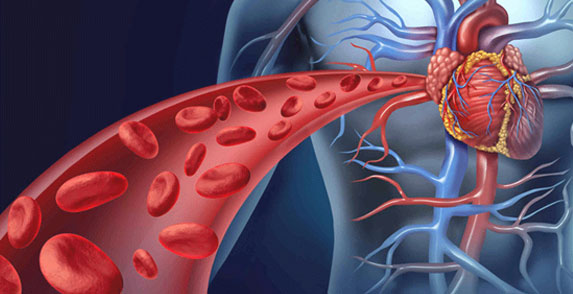Free Courses Sale ends Soon, Get It Now


Free Courses Sale ends Soon, Get It Now



Copyright infringement not intended
Picture Courtesy: https://fatimid.org/haemophilia/
Context: The Union Science and Technology Minister announce India's successful completion of the first human clinical trial for 'haemophilia A' gene therapy.
Key Highlights
|
Hemophilia |
|
|
Key Highlights |
Description |
|
What is it? |
An inherited bleeding disorder where a person's blood doesn't clot properly due to a lack of clotting proteins (mainly Factor VIII or Factor IX). |
|
Causes |
Genetic: Hemophilia is an X-linked recessive disorder, meaning the genes for clotting factors are located on the X chromosome. Males have one X chromosome, so having one mutated gene results in the disease. Females, having two X chromosomes, are typically carriers but less likely to have symptoms unless both X chromosomes carry the mutation. Acquired (rare): In some cases, a person can develop Hemophilia later in life due to their immune system attacking clotting factors. |
|
Types |
Hemophilia A: The most common type, caused by a deficiency in Factor VIII. Hemophilia B: Less common, caused by a deficiency in Factor IX. Others: There are also rarer forms of Hemophilia involving deficiencies in other clotting factors. |
|
Symptoms |
Excessive bleeding: After injuries, surgery, or dental procedures. Spontaneous bleeding: Seemingly without cause, into joints (knees, elbows, ankles), muscles, or internal organs. Easy bruising: Large bruises form easily. Prolonged bleeding from minor cuts |
|
Severity |
Classified as mild, moderate, or severe, depending on the level of clotting factor present in the blood. Severity determines the frequency and intensity of bleeding episodes. |
|
Complications |
Joint damage: Repeated bleeding into joints can cause arthritis and chronic pain. Internal bleeding: Bleeding into the brain can be life-threatening. Infections: From blood transfusions (this risk is much lower now with safer blood products). |
|
Diagnosis |
Family History: Important for identifying risk. Blood tests: Measure clotting factor levels and activity to confirm diagnosis and determine type and severity. |
|
Treatment |
Clotting factor replacement: Infusion of concentrated Factor VIII or IX into the bloodstream to help the blood clot properly. Preventative treatment (prophylaxis): Regular factor infusions to prevent bleeding episodes. Medications: To help slow the breakdown of clots. Gene Therapy: Experimental but promising approach to provide a potential long-term cure. |
Must Read Articles:
|
PRACTICE QUESTION Q. A hallmark symptom of Hemophilia is: A) Frequent fevers B) Bone fractures C) Prolonged bleeding after injuries D) Hair loss Answer: C Explanation: The primary complication in Hemophilia is the inability to form stable blood clots. This leads to extended bleeding even from minor cuts, bruises, and injuries. Internal bleeding in joints and muscles is also common. |
© 2024 iasgyan. All right reserved